Ferntree Gully: The Angliss, 1000 Steps and The Royal in foothills suburb
Once home to one of the country’s most beloved 60s TV shows, everybody’s favourite daggy 70s restaurant, and an iconic 90s disco, Ferntree Gully has earned a place in the hearts of all Melburnians. Here’s a look at postcode 3156.
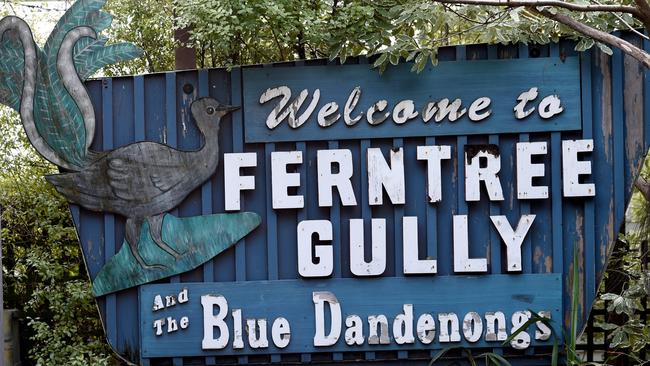
Outer East
Don't miss out on the headlines from Outer East. Followed categories will be added to My News.
Nestled at the foothills of the Dandenongs, the Gully, as it is affectionately known, has a rich history.
From the early days of orchards and farming it has now grown into a popular suburb many families call home.
In the 1870s Ferntree Gully was a two pub town – both of which still remain – and also boasted a post office.
By the turn of the century Ferntree Gully had spread, caused partly by the railway line.
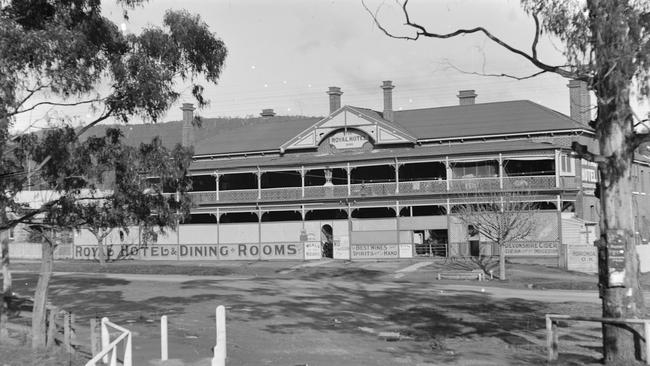
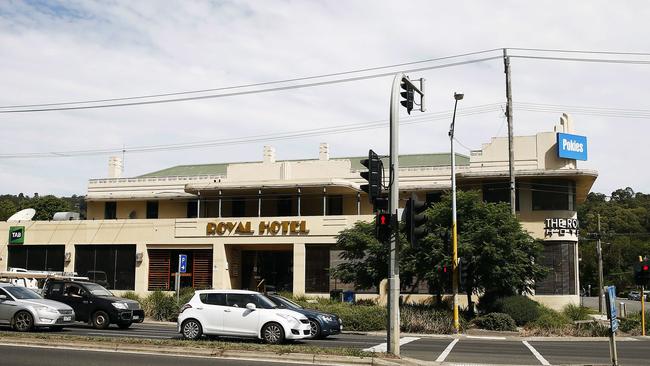
The Royal Hotel Ferntree Gully opened in August 1889 and originally had 65 rooms and a large dining area seating 250 people.
The Ferntree Gully Club Hotel – formerly The Club Hotel was extended in 1927 and again in the 1960s, acquiring a drive-through bottle shop.
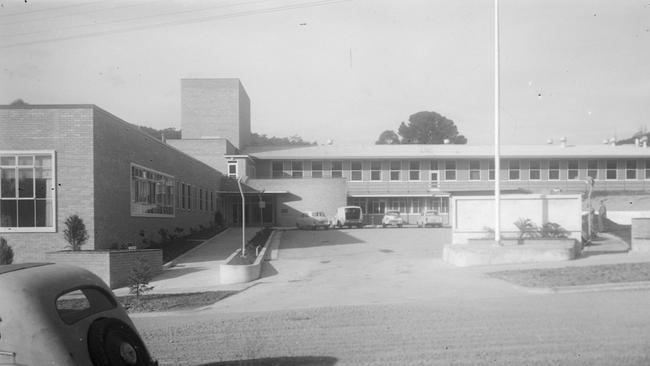
The Angliss Hospital – originally named William Angliss Hospital – dates back to 1939 and named after a local politician.
Because of increased demand the hospital was relocated to its present home on Albert Ave and opened in 1958.
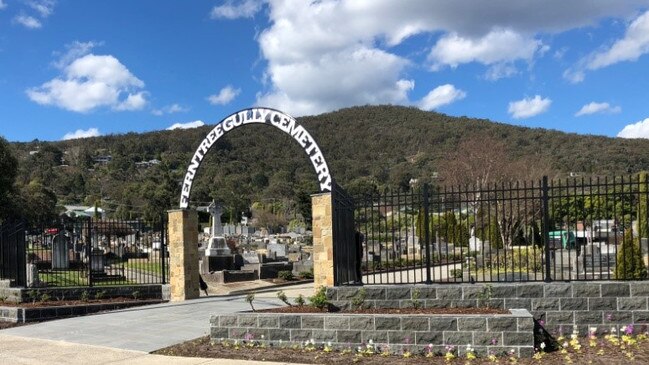
The Ferntree Gully Cemetery was established in 1873 when five acres of Crown land were reserved as the site for a cemetery.
The picturesque graveyard on Forest Rd has the Dandenong Ranges as its backdrop and is the last resting place of renowned Australian landscape artist and member of the Heidelberg School Sir Arthur Streeton.
Many of the pioneers from around the regional are buried at the cemetery including well known family names of Dobson, Baird and Friberg – now all Knox Council ward names.
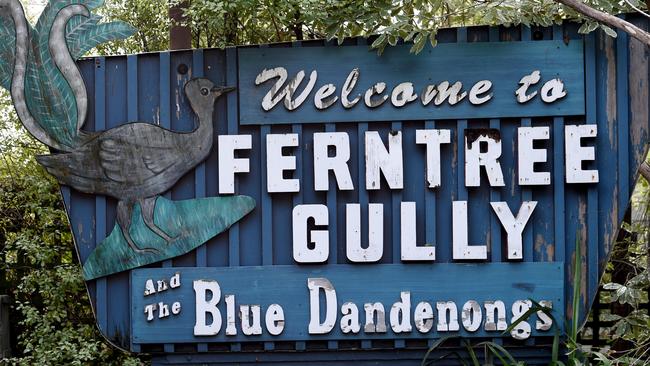
The “Welcome to Ferntree Gully and the Blue Dandenongs” sign was originally built for the 1956 Olympic Games by hills artist John Frawley, who died in 2012.
It stood on Burwood Highway for more than 50 years, replaced with a replica in 2014, after it became badly decayed.
The old sign takes pride of place at the Frawley Signs’ base in Upwey.
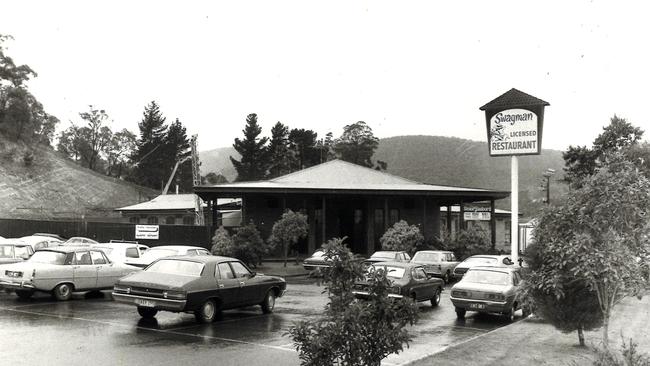
Ferntree Gully was also home to the Swagman restaurant which at that time was a Melbourne institution.
The Burwood Highway smorgasbord opened in the 1970s and offered a vibrant floor show with performances from rock stars.
Sadly the popular place burnt down in the early hours of May 27, 1991.

The area’s Pizza Hut was also a favourite with families and while closed today, its unique Burwood Highway building – on stilts – still exists.
Popular TV show Homicide, which ran from 1964 to 1977, was filmed on location in Ferntree Gully.
It followed fictional detectives of the Victoria Police homicide squad as they solved crimes and murders.

Upper Ferntree Gully is home to one of Melbourne’s most popular fitness spots the 1000 Steps.
According to Parks Victoria, the 1000 Steps is believed to have been created in the early 1860s when it provided the best access for visitors to the One Tree Hill Summit.
The steps officially became known as the Kokoda Memorial Walk in 1997 due to the steep and muddy terrain which gave an impression of the Owen Stanley Ranges in Papua New Guinea.
MORE:
ST KILDA: HISTORY OF POSTCODE 3182
